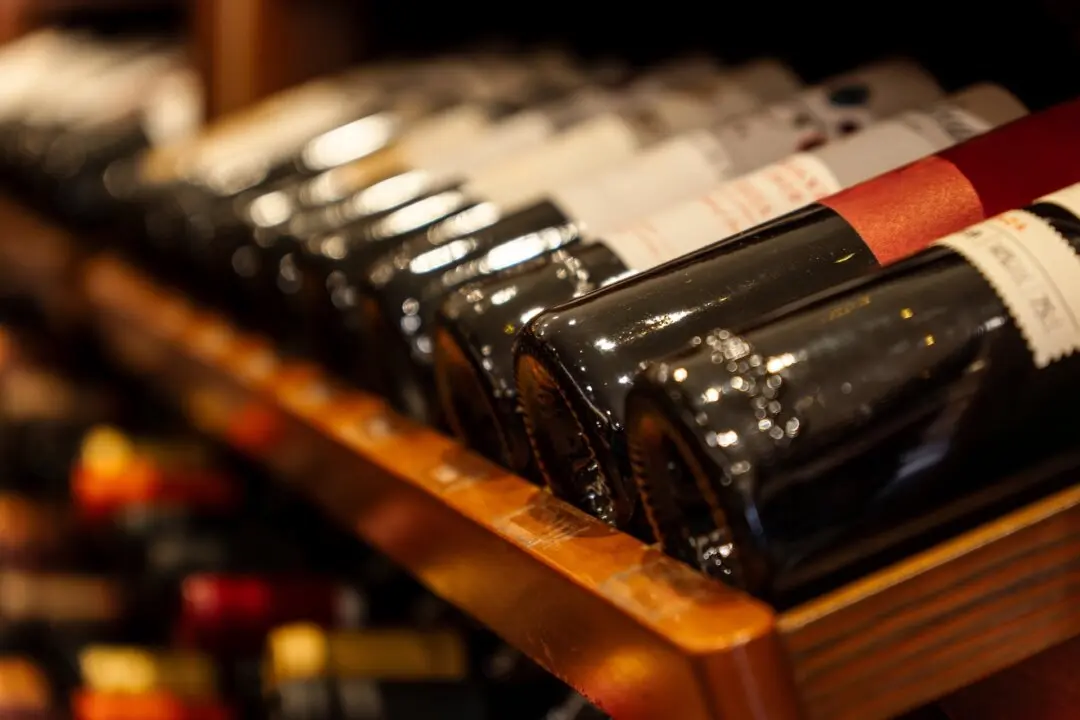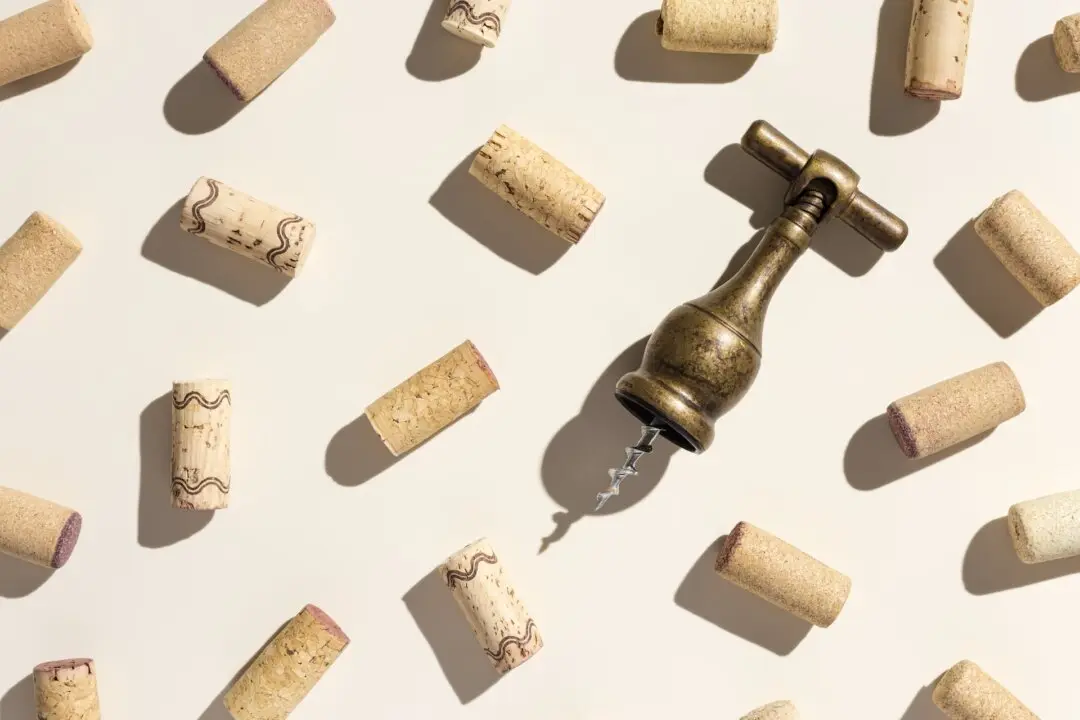Baseball aficionados would tell you that 60 percent of the game is about pitching; others would say that pitching represents more than that.
To create a wine phrase parallel to this, it might be said that 60 percent or more of a wine is based on its aroma. For serious wine lovers, the enjoyment of any wine is as much if not more in what it smells like; taste is simply a bonus.





